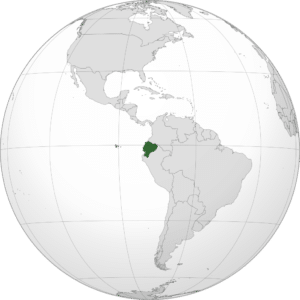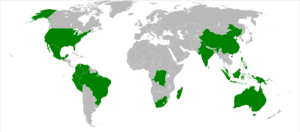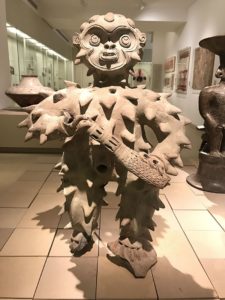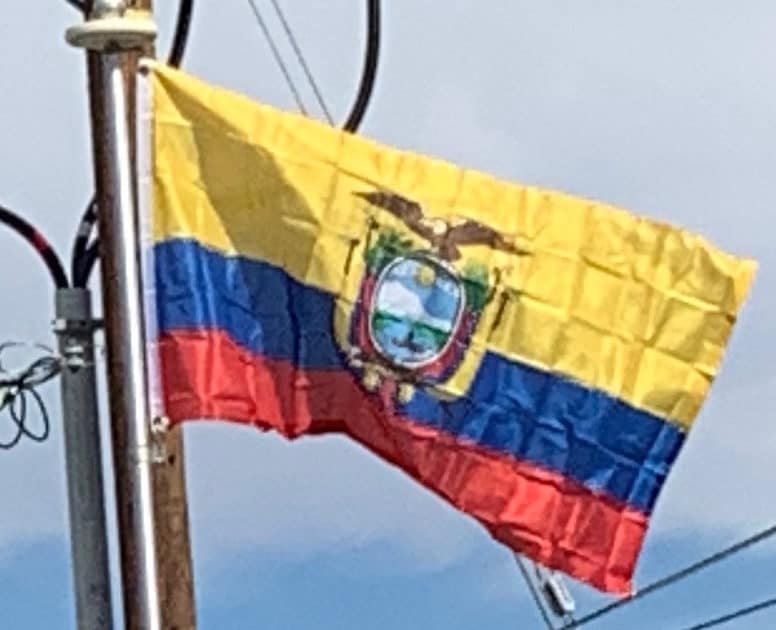Introduction:
Ecuador, officially the Republic of Ecuador, is a country in northwestern South America, bordered by Colombia on the north, Peru on the east and south, and the Pacific Ocean on the west. Ecuador also includes the Galápagos Islands in the Pacific, about 1,000 kilometres (620 mi) west of the mainland. The capital city is Quito, which is also its largest city.

The territories of modern-day Ecuador were once home to a variety of Amerindian groups that were gradually incorporated into the Inca Empire during the 15th century. The territory was colonized by Spain during the 16th century, achieving independence in 1820 as part of Gran Colombia, from which it emerged as its own sovereign state in 1830. The legacy of both empires is reflected in Ecuador’s ethnically diverse population, with most of its 17.1 million people being mestizos, followed by large minorities of European, Amerindian, and African descendants. Spanish is the official language and is spoken by a majority of the population, though 13 Amerindian languages are also recognized, including Quichua and Shuar.
The sovereign state of Ecuador is a middle-income representative democratic republic with a developing economy that is highly dependent on commodities, namely petroleum and agricultural products. It is governed as a democratic presidential republic. One of 18 megadiverse countries in the world, Ecuador hosts many endemic plants and animals, such as those of the Galápagos Islands.

In recognition of its unique ecological heritage, the new constitution of 2008 is the first in the world to recognize legally enforceable Rights of Nature, or ecosystem rights. It also has the fifth lowest homicide rate in the Americas. Between 2006 and 2016, poverty decreased from 36.7% to 22.5% and annual per capita GDP growth was 1.5 percent (as compared to 0.6 percent over the prior two decades). At the same time, inequalities, as measured by the Gini index, decreased from 0.55 to 0.47.
History:
Pre-Inca Era:
Various peoples had settled in the area of future Ecuador before the arrival of the Incas. The archaeological evidence suggests that the Paleo-Indians‘ first dispersal into the Americas occurred near the end of the last glacial period, around 16,500–13,000 years ago. The first Indians who reached Ecuador may have journeyed by land from North and Central America or by boat down the Pacific Ocean coastline. Much later migrations to Ecuador may have come via the Amazon tributaries, others descended from northern South America, and others ascended from the southern part of South America through the Andes. They developed different languages while emerging as unique ethnic groups.
Even though their languages were unrelated, these groups developed similar groups of cultures, each based in different environments. The people of the coast developed a fishing, hunting, and gathering culture; the people of the highland Andes developed a sedentary agricultural way of life, and the people of the Amazon basin developed a nomadic hunting-and-gathering mode of existence.

